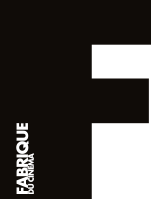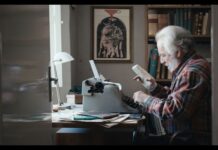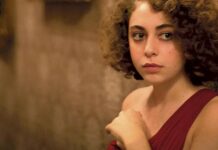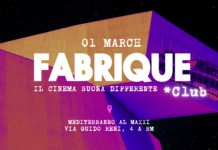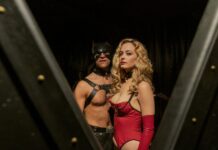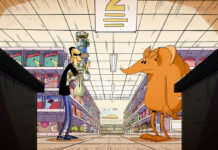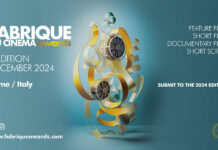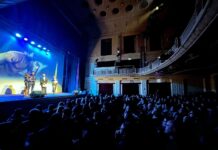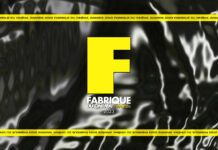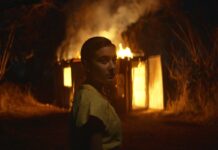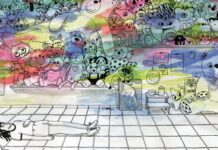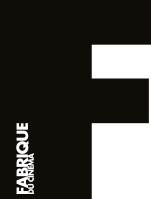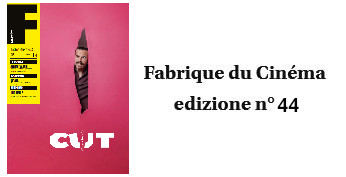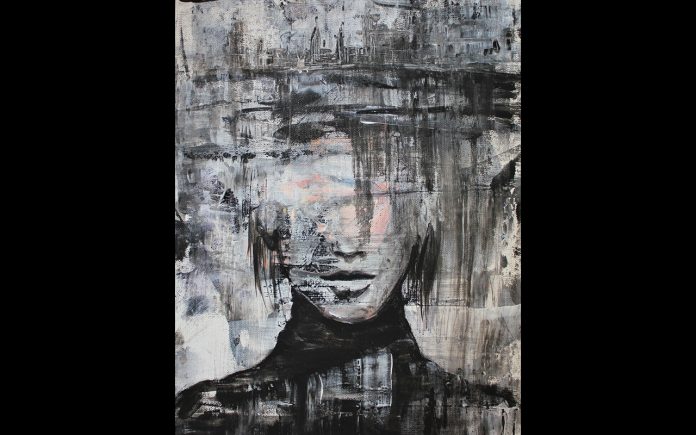
Vania Calabri è una giovanissima pittrice, classe 1994. La sua è una pittura che coniuga vigore espressivo e intuizione estetica, dove l’arte diventa il mezzo per conoscere se stessi.
Raccontaci di te e di come nasce la passione per la pittura.
Dipingere è il mio modo di esprimermi da sempre, fin dai banchi di scuola. Mi permette di conoscere me e gli altri, salvandomi la vita ogni giorno. Credo che fare arte sia un atto d’amore, quando un artista crea sceglie di lasciar morire qualcosa dentro di sé per renderlo fruibile dagli altri.
Quali tecniche prediligi e che direzione sta prendendo il tuo lavoro?
Alterno stili diversi, prediligo l’uso dell’acrilico colorato a contrasto con il nero della grafica dei volti, cruciali nei miei lavori. Lo scopo della mia arte è quello di dare una chiave per esplorare le sfumature più profonde dell’anima di ognuno attraverso un percorso introspettivo.
Le fonti d’ispirazione e i miti artistici che fanno parte del tuo background sono…
Il Duca Bianco, lo Sturm und Drang, Platone e Franco Battiato sono le chiavi per aprire la mia “porta magica”. Colleziono tutto ciò che mi affascina, non solo visivamente (un profumo, una voce, una espressione), e diviene poi fonte d’ispirazione.
Secondo te è più importante oggi l’impatto estetico di un’opera o il messaggio che vuole trasmettere?
Se una cosa è bella e basta non la ricordi. Per me è importante lasciare un segno, creare una frattura, dare una direzione: quando osservi una mia opera so già dove ti sto portando, poi sta a te decidere se entrare oppure no.
L’arte sui social: un modo alternativo per farsi conoscere o ormai l’unico modo?
Un modo in più per divulgarla. Il fare è un atto creativo, manuale, materiale. La modernità ha creato un modello per il quale la “genialità” risiede in colui che ha l’idea, mentre poi fa eseguire l’opera ad altri; a me piace sporcarmi le mani e farle sporcare a chi tocca le mie tele.
Influenze cinematografiche?
Sono molto legata al lato onirico e malinconico di Federico Fellini, capace di trasformare in immagini le proprie visioni interiori, e a quello poetico di Bernardo Bertolucci, che riesce con delicatezza a mostrarci sogni, demoni e desideri attraverso il buco della serratura.
Che progetti hai per il futuro?
Continuare a creare, rimanendo fedele a quello che sono. Dipingere, un po’ come scrivere, è un tentativo spesso effimero di sistemarsi l’anima. Per prendere la decisione di rendere pubblico un simile gesto ci vuole tanto coraggio ed io mi auguro di continuare ad averlo sempre.
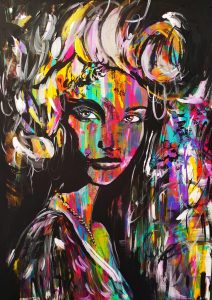
ENGLISH VERSION
Vania Calabri is a young painter born in 1994. Hers is an artform which combines expressive force to aesthetic intuition; a place where art becomes a means of self-discovery.
Tell us about yourself. Where did this passion for painting come from?
Painting has always been a way of expressing myself, since school. It allows me to get to know myself and others, saving my life every day. I think doing art is an act of love; when an artist creates something he’s letting something within themselves die, making it possible for others to enjoy it.
What techniques do you use, which do you prefer, and where do you see your art going?
I switch between styles, preferring to use acrylic colours which stand out against the black of the faces designed, crucial in my work. The purpose of my art is to provide a key to explore the deepest nuances of the each one’s soul through an inner journey.
What are your sources of inspiration and who are your idols?
The White Duke, the Sturm und Drang, Plato and Franco Battiato are the keys to open the “magic door”. I pick up whatever fascinates me, not just visually – a scent, a voice, an expression – which becomes then a source of inspiration.
What’s more important in a work of art today, its aesthetic, visual impact or the message it aims to transmit?
If something is just beautiful period, it’s not necessarily memorable. For me it’s important to leave a mark, create a rift, give direction: when you look at my work I already know where I’m taking you, then it’s up to you to decide whether to let yourself in or not.
Art in social media: an alternative way to make yourself known, or the only way at this point?
One more way of divulging it. Making art is a creative, physical, material act. Modernity has given us a model of “brilliance” where they who have an idea make others work on it. I’d rather get my hands dirty, and who touches my paintings has to do so too.
Have you been influenced by cinema?
I’m quite attached to Fellini’s dreamlike and melancholic side, able to transform his own interior visions into pictures, and Bertolucci’s poetic side, who manages to gently reveal dreams, demons, desires through a keyhole.
Your projects for the future?
Continue to create, staying faithful to who I am. Painting, a bit like writing, is an often a fleeting attempt to find rest for one’s soul. To take the decision to make such a gesture public requires a lot of courage, and I hope to have it always.
Traduzione a cura di David Scicluna for @successinenglish.eu
